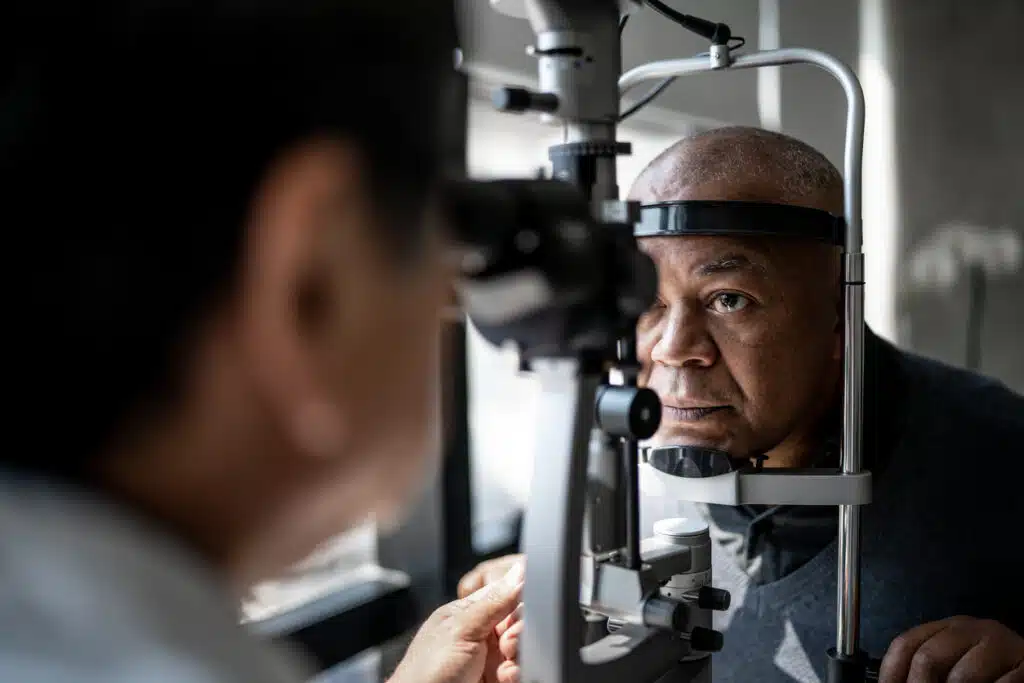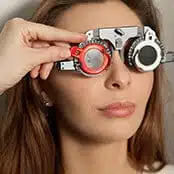
Glaucoma is an eye disease that can cause irreversible vision loss and is the leading cause of blindness in the United States. It is caused by a build-up of pressure in the eyeball that damages the optic nerve. Patients with glaucoma need treatment to prevent or stop the progression of vision loss.
A lot of people do not know they have glaucoma until it is too late, but eye doctors can catch the disease with regular eye exams. They can use some tests to detect whether the optic nerve is damaged.
Below, we discuss how eye doctors test for glaucoma, so you know what to expect at your next visit to the optometrist or ophthalmologist.
The Most Common Glaucoma Tests
The angle exam test or gonioscopy is a diagnostic tool used to detect glaucoma, a condition that can lead to permanent vision loss. During the exam, an ophthalmologist will use specialized equipment and techniques to measure the angle between the cornea and iris. During the test, the eye doctor will also assess the drainage angles located around the iris, where the fluid normally flows out from inside the eyes into the veins to regulate pressure levels. This test helps the eye doctor determine if there are any abnormalities in the drainage of fluid inside the eyes that could be causing increased pressure on optic nerve fibers, which could lead to damage over time.
Another test is the dilated eye test, which is one of the most important tests for detecting glaucoma. During this test, drops are placed in the eyes to dilate (widen) the pupils, so they can be examined more closely. This allows the doctor to see inside and around the optic nerve and other structures at the back of the eye. The eye doctor will also measure how well the patient can see with each eye by shining a light into it while looking through a special instrument called an ophthalmoscope or slit-lamp microscope.
The eye doctor may also use optic nerve imaging. During this test, drops are placed in each eye before photos are taken with special cameras designed specifically for optical imaging. These images can be viewed on a computer screen and allow the doctor to look closely at various features, such as cup-to-disc ratio (the size relationship between the optic disc and surrounding retina), or changes in coloration over time that could suggest structural damage from glaucoma progression.
A visual field test is another test for glaucoma. During the test, a machine projects light into the eyes while the patient focuses on an object in front. Then,theyindicate when lights appear within their peripheral view or if any changes occur with the lights already present. This test checks for blind spots due to damage to the optic nerve.
Glaucoma Testing and Treatment in Washington, MO
At the Advanced Sight Center, our ophthalmologists are highly experienced in treating patients with glaucoma. We provide comprehensive glaucoma treatment, which includes lifelong monitoring, and can prescribe conservative or surgical intervention, as appropriate. We recommend regular eye exams to catch this condition early for a chance at early intervention.
If you suspect glaucoma, schedule an appointment with our ophthalmologist. Call our eye center today at (636) 239-1650, or use our convenient online appointment request form.



